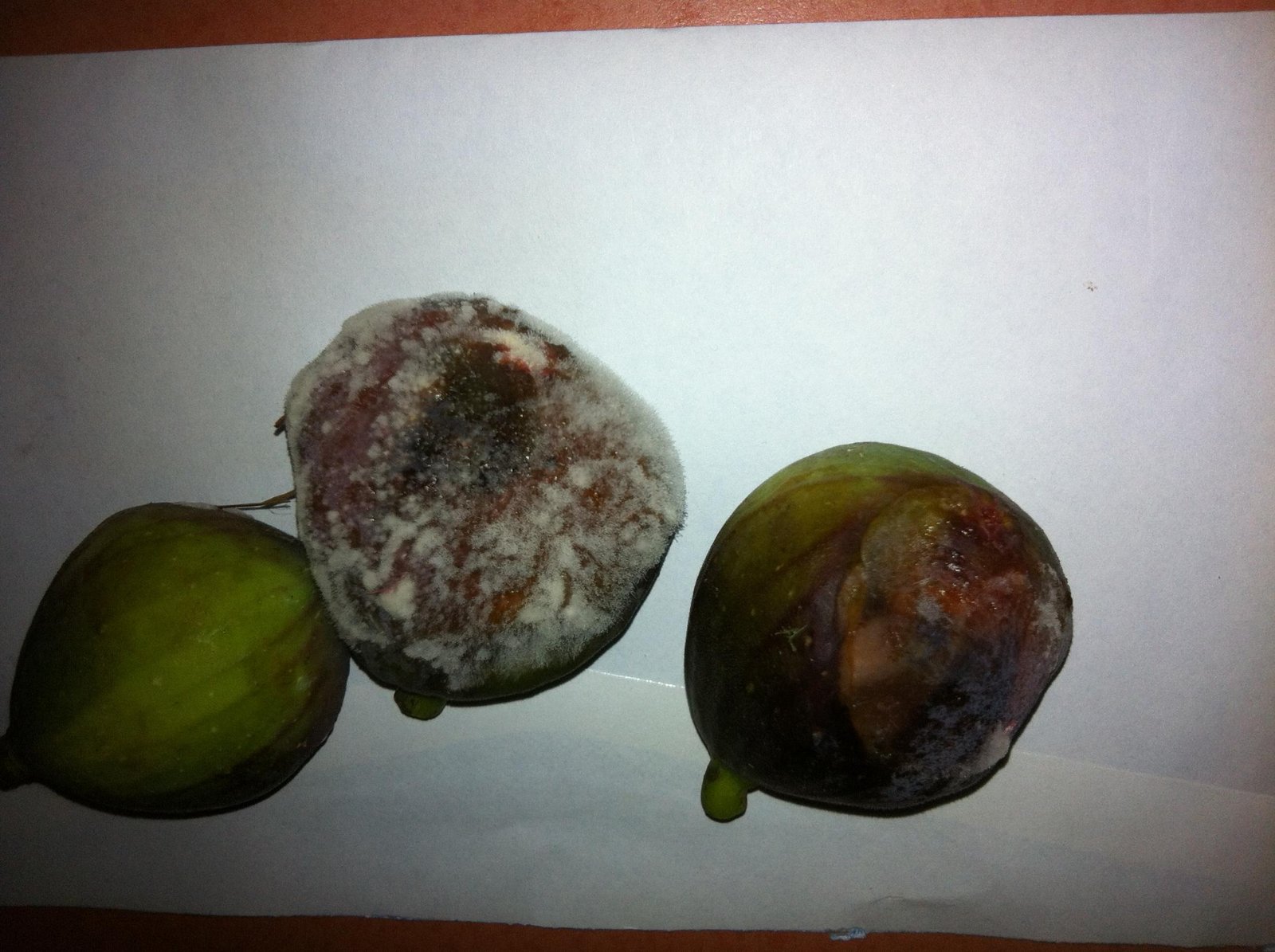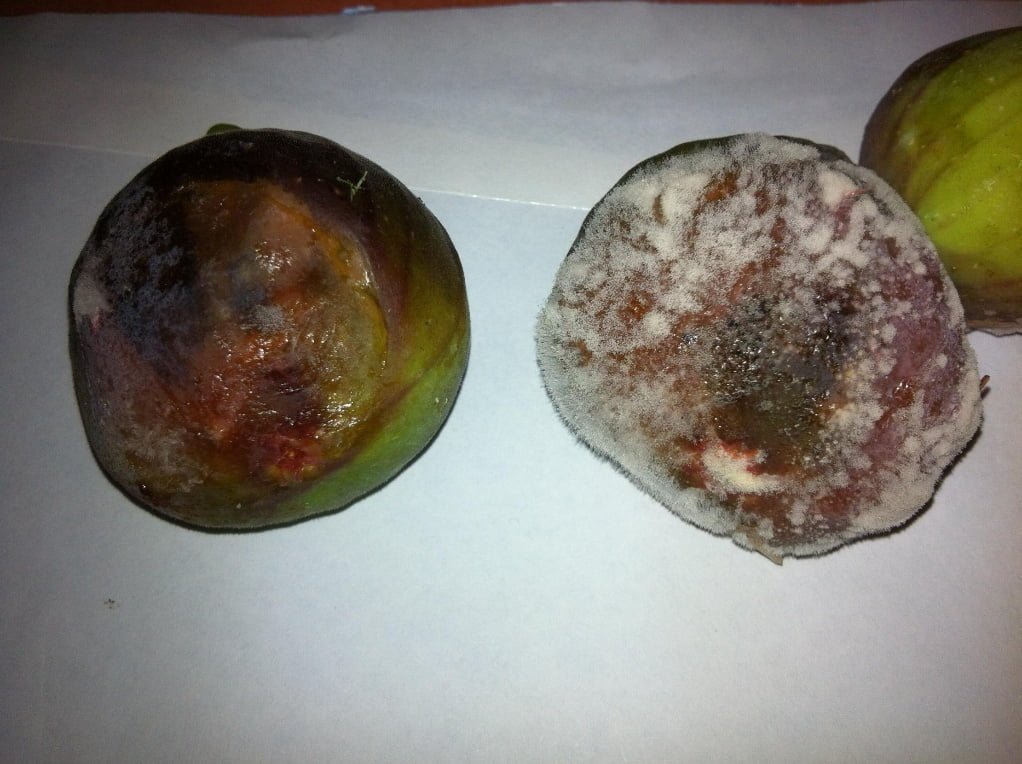Table of contents of the article
ToggleFig fruit rots lead to significant yield losses. In this article on your website, WORLD OF PLANTS, we will review methods of prevention and treatment.
Introduction to fig fruit rot disease
After reaching the fruiting stage, the fig crop is exposed to many disease problems that cause serious losses due to the percentage of loss in the number of fruits or their infection with some diseases, and with the increase in fig areas in recent years, therefore, attention must be paid to these diseases and how to resist them until we reach the highest production rate with the lowest percentage of loss. .
A group of different types of fungi contribute to causing this disease, which cause significant losses in fresh fig fruits.

Pathogens of fig fruit rot disease
- The fungus Botrytis sinerea causes soft rot in fruits.
- Rhizopus nigricans (bread mold fungus) usually accompanies soft rot
- Phytophthora sp fungus.
- Mucor sp fungus.
- Fusarium sp fungus.
The last three fungi play an important role in causing rot in fruits, especially in humid weather. The infection increases when wounds occur to the fruits by any means during the summer, especially when the relative humidity of the air is high. The infected fruits ferment and become soft and rotten, and in the end they fall to the ground.
Resistance to fig fruit rot disease
- Avoid causing wounds to fruits.
- Collect the infected fruits and bury them or destroy them outside the farm.
- Follow integrated resistance methods M.P.I
- Taking care of other service operations, such as pruning, fertilizing, and organizing irrigation operations
The causative agent of fig fruit rot
There is a large group of fungi that cause rot in fruits, most of which are wound fungi, that is, they depend to cause infection on the presence of wounds on the surface of the fruit.
Symptoms and damage of fig fruit rot disease
Infected fruits ferment, become soft, rotten, and often fall to the ground.
Symptoms of Aspirgillus rot
The infected fruits appear as white, turbid growths that quickly turn black
The infected fruits shrink, shrink, and become covered with a dense layer of black fungus fruits. The infection occurs in the field, but the infection rate increases when stored and when the infected fruits come into contact with healthy fruits.
Symptoms of Sclerotonia rot
The fungus accompanies the fruits during storage, and since the fungus enters through wounds, when harvesting the fruits, it is necessary that the neck and the affected tissues have a brown color, and as the infection intensifies, they turn black.
Prevention and treatment of fig fruit rot disease
We can spray with one of the necessary fungicides, such as Nomolt, at a rate of 50 cm3/100 liters of water
In conclusion, we would like to note that we, at the world of plants website, offer you all the necessary services in the world of plants, we provide all farmers and those interested in plants with three main services::-
- Artificial intelligence consulting service to help you identify diseases that affect plants and how to deal with them.
- Blog about plants, plant diseases and care of various crops ... You are currently browsing one of her articles right now.
- An application that provides agricultural consultations to clients, as well as a service for imaging diseases and knowing their treatment for free – Click to download the Android version from Google Play Store، Click to download the IOS version from the Apple App Store.

Sources




